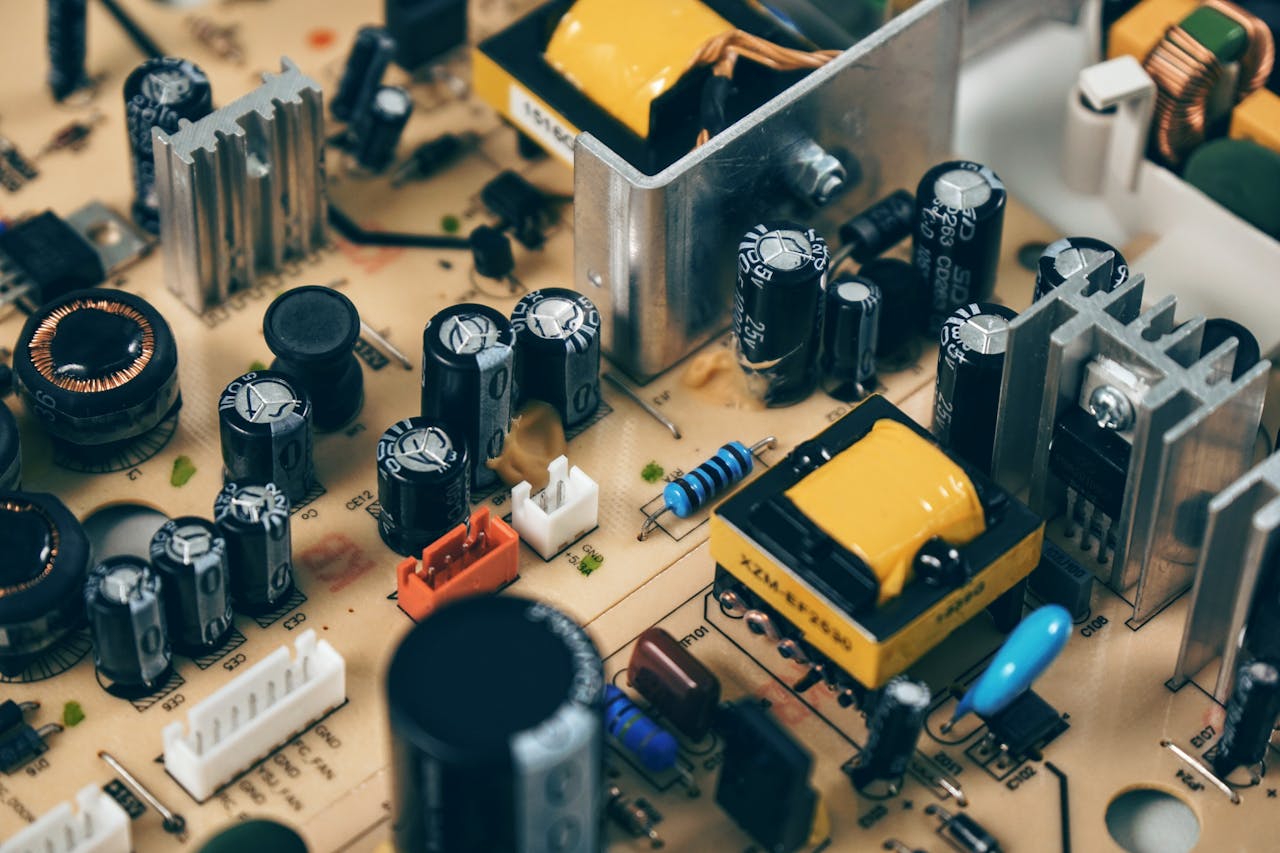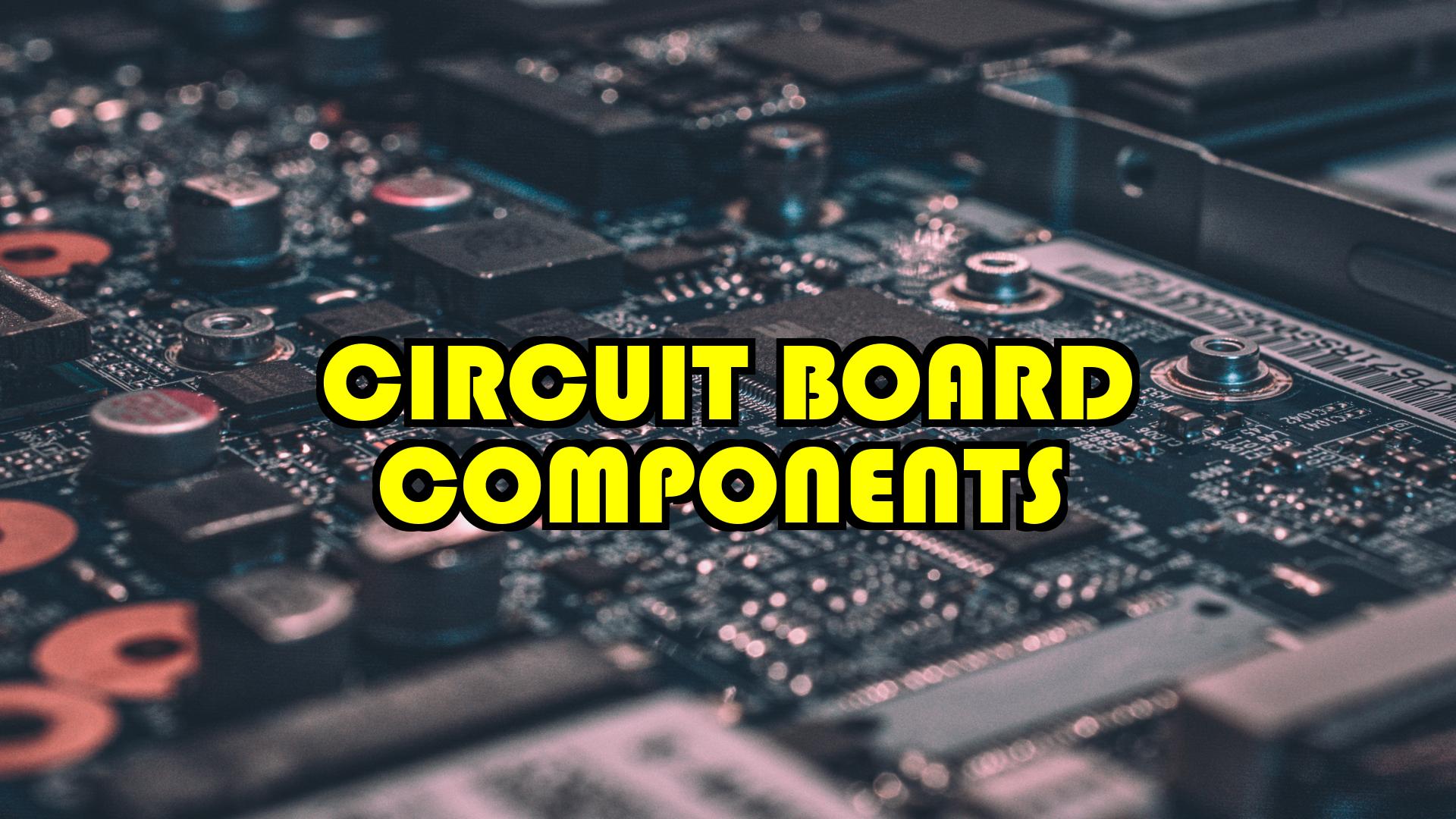What Is Computer Circuit Board And How Does It Work, Expert Guide

Certainly! A computer circuit board, also known as a Computer Circuit Board or mainboard, is a crucial component in any computer system. It is a printed circuit board (PCB) that provides the main platform for connecting and integrating various hardware components, enabling them to work together seamlessly.
Understanding the Motherboard’s Anatomy
CPU Socket: Where Processing Power Resides
At the heart of every Computer Circuit Board lies the CPU socket. This is the powerhouse where the central processing unit (CPU) resides, acting as the brain of your computer. Different CPU sockets cater to various processor models, and choosing the right one is paramount for optimal performance.
Memory Slots: RAM – The Swift Data Repository
Adjacent to the CPU socket, you’ll find the memory slots, the dwelling place of Random Access Memory (RAM). RAM provides swift access to data actively used by the CPU, ensuring smooth multitasking and quick data retrieval.
Expansion Slots: Unleashing Additional Capabilities
Just as a city expands with new infrastructure, a Computer Circuit Board boasts expansion slots. These PCIe slots accommodate graphics cards, sound cards, and other expansion cards, enhancing your computer’s capabilities based on your needs.
The Landscape of Connectors and Chipsets
The Role of the Chipset: Orchestrating Data Flow
The Computer Circuit Board’s chipset is the conductor of the electronic orchestra, coordinating data flow between the CPU, memory, storage devices, and peripherals. Understanding the chipset is crucial for comprehending how data seamlessly traverses your system.
Connectors Galore: USBs, SATA, and More
Venturing into the realm of connectors, Computer Circuit Boards house an array of ports. From versatile USB ports to SATA connectors for storage devices, each plays a unique role in connecting external peripherals and expanding your system’s functionality.
Choosing the Right Fit: Form Factors and Compatibility
Decoding Form Factors: Size Matters
Motherboards come in various sizes known as form factors. Whether it’s the standard ATX, compact microATX, or mini-ITX for smaller builds, choosing the right form factor ensures compatibility with your computer case and components.
BIOS/UEFI: The Silent System Orchestrator
As your computer boots up, the BIOS/UEFI takes center stage. This firmware initializes the hardware, ensuring a smooth start. Understanding this process is fundamental for troubleshooting and system customization.
Power Play: Distributing Energy Efficiently
Power Connectors: Linking to the PSU
Power distribution is a critical aspect of Computer Circuit Board design. The power connectors, such as the 24-pin ATX and 4/8-pin CPU connectors, link the Computer Circuit Board to the power supply unit (PSU), ensuring each component receives the necessary energy to function.
Clock Generation: Synchronizing Operations
The clock generator on the Computer Circuit Board plays a pivotal role in synchronizing operations. These clock signals ensure precise timing, enabling seamless coordination between the CPU and other components.
Keeping It Cool: Heat Sinks, Fans, and Temperature Control
Heat Sinks and Fans: Defying Overheating Odds
Motherboards incorporate heat sinks and fans to combat the heat generated by the CPU and other critical components. Effectively managing temperature is crucial for the longevity and optimal performance of your system.
Choosing Wisely: Motherboard Selection Guide
Navigating the sea of available Computer Circuit Boards requires thoughtful consideration. Whether you’re into gaming, productivity, or specialized applications, this guide offers insights into choosing the right Computer Circuit Board for your needs.
ALSO READ: 3 Best Circuit Board Cleaner for Superior Results
Evolution and Troubleshooting: A Journey Through Time
Evolution of Computer Circuit Board: From Past to Present
Embark on a journey through time as we explore the evolution of motherboards. Technological advancements have shaped their design, enhancing performance and expanding capabilities.
Troubleshooting 101: Addressing Common Issues
No system is without hiccups. Explore common motherboards issues and gain insights into troubleshooting techniques. Identifying and resolving issues can save you both time and resources.
DIY Upgrades, Repairs, and Peering Into the Future
DIY Upgrades: A Step-by-Step Guide
Empower yourself with a DIY motherboard upgrade guide. Learn how to enhance your system’s capabilities by installing new components and ensuring compatibility.
Future Trends: Tomorrow’s Motherboard Technology
Peek into the crystal ball and explore the future trends in Computer Circuit Board technology. From cutting-edge innovations to emerging technologies, the future of Computer Circuit Boards promises exciting developments.
Impact on Performance: The Motherboard’s Role
Influence on System Performance: A Delicate Dance
The design of your Computer Circuit Board significantly influences system performance. Discover how a well-crafted Computer Circuit Board can maximize efficiency, ensuring your computer runs at its full potential.
Conclusion
In conclusion, the computer circuit board stands as the backbone of your system. Choosing the right Computer Circuit Board involves considering various factors, from form factors to specific features that align with your computer use. As technology evolves, so too do these essential components, promising a future where Computer Circuit Boards continue to shape the landscape of computing.





